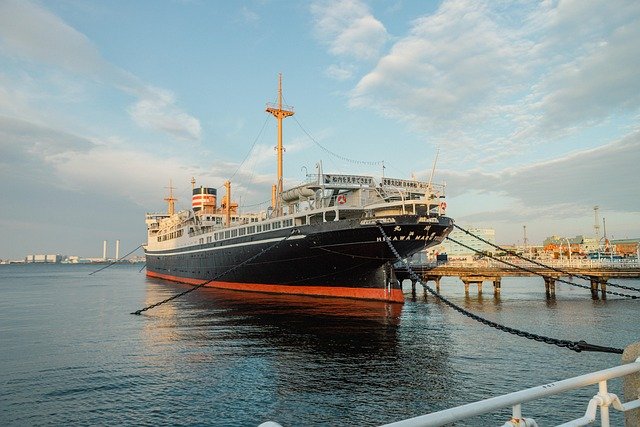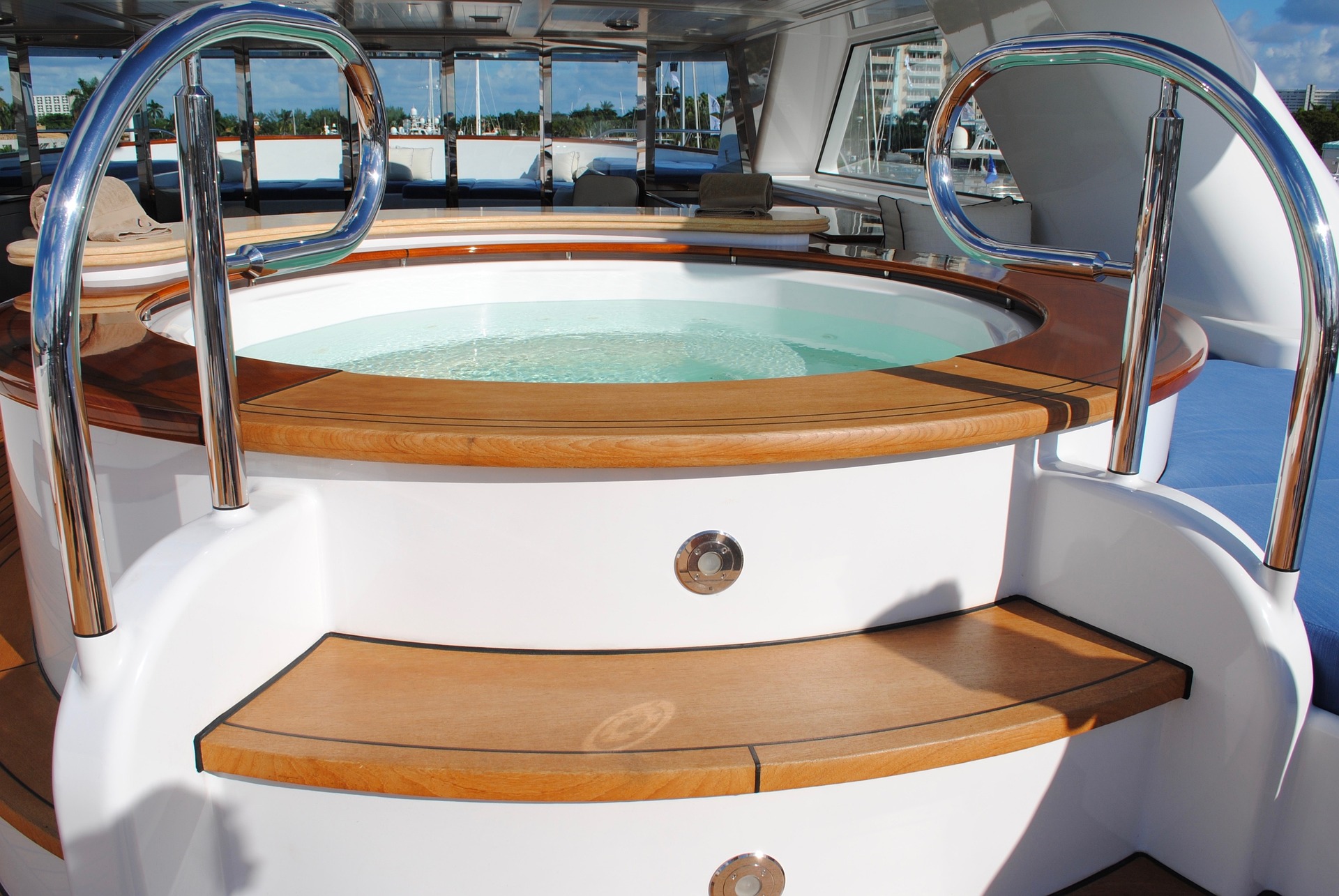Exploring New England Coastline Cruises: A Complete Guide
New England's magnificent coastline offers one of America's most captivating cruise experiences. With its dramatic rocky shores, historic lighthouses, and charming coastal towns, the region presents a unique maritime journey through American history and natural beauty. Whether you're a history enthusiast, nature lover, or simply seeking a different cruise experience, New England coastline cruises provide intimate access to iconic landscapes and cultural landmarks that have shaped the American narrative for centuries. From Maine's rugged peninsulas to Rhode Island's elegant seaside communities, these voyages showcase the diverse coastal character that makes New England a premier cruising destination.

What Do New England Coastline Cruises Offer?
New England coastline cruises provide travelers with a distinctive blend of natural beauty, historical significance, and cultural richness. Unlike Caribbean or Mediterranean cruises that focus primarily on tropical beaches, these voyages emphasize scenic coastal landscapes and historical exploration. Most itineraries include stops at significant ports like Boston, Portland, Bar Harbor, Newport, and Martha’s Vineyard, each offering its own character and attractions. Onboard experiences typically feature regional cuisine highlighting New England specialties such as fresh lobster, clam chowder, and local seafood. Educational components are also central to these cruises, with many vessels offering lectures on maritime history, local ecology, and the region’s cultural heritage. Shore excursions range from lighthouse tours and whale watching to visits to historic mansions and museums that chronicle America’s early history.
What Scenic Highlights Define New England’s Coastline?
The New England coast showcases a dramatic landscape characterized by its rocky shoreline, hidden coves, and iconic lighthouses. Maine’s coast alone features over 60 historic lighthouses, including the Portland Head Light, commissioned by George Washington in 1791. Acadia National Park offers breathtaking vistas where mountains meet the sea, while the Cape Cod National Seashore presents sweeping dunes and protected beaches. Cruising through Massachusetts Bay provides views of the Boston Harbor Islands and their historic fortifications. Passengers frequently spot wildlife including harbor seals, porpoises, and various seabirds along the route. The fall season transforms the coastal forests into a spectacular display of foliage, creating a colorful backdrop against the blue Atlantic waters. Many cruises navigate through narrow passages and small harbors inaccessible to larger vessels, offering intimate views of secluded coastal scenery that cannot be experienced from land.
When Is the Best Time to Cruise New England’s Coast?
The prime season for New England coastal cruises runs from late spring through early fall, with each period offering distinct advantages. May through June provides moderate temperatures, fewer crowds, and the emergence of coastal wildflowers and wildlife. July and August deliver the warmest weather with temperatures typically ranging from 70-85°F, ideal for swimming and water activities during port stops. However, these months also bring higher humidity and the region’s peak tourist season. September through October is widely considered the optimal cruising period, as fall foliage creates spectacular coastal scenery while temperatures remain comfortable for exploration. The autumn months also coincide with harvest seasons, offering fresh local produce and seasonal festivals in many port towns. Weather conditions can be unpredictable in early spring and late fall, with potential for fog, cooler temperatures, and rougher seas, though these periods offer significantly reduced crowds and often lower pricing.
What Cultural and Historical Excursions Are Available?
New England coastal towns offer rich cultural and historical experiences reflecting America’s maritime heritage. Salem, Massachusetts provides walking tours exploring its colonial architecture and complex witch trial history. Newport, Rhode Island features guided visits to opulent Gilded Age mansions like The Breakers and Marble House that once belonged to America’s wealthiest families. In Portland, Maine, visitors can explore the historic Old Port district with its preserved Victorian buildings and working waterfront. Many cruises include stops at Mystic Seaport in Connecticut, America’s leading maritime museum featuring historic vessels and recreated 19th-century coastal village life. Martha’s Vineyard and Nantucket offer insights into whaling history and traditional island culture through their well-preserved historic districts and specialized museums. Culinary tours highlighting regional specialties and cooking demonstrations using local ingredients have become increasingly popular shore excursions, connecting visitors with New England’s distinctive food traditions and contemporary farm-to-table movement.
How Do Small Ships and Large Vessels Compare for New England Cruises?
The vessel type significantly impacts the New England cruising experience, with distinct advantages to both small ships and larger cruise lines. Small ships (typically accommodating 50-200 passengers) can navigate narrow passages and dock directly in smaller harbors that larger vessels cannot access. These intimate vessels often offer highly personalized service, educational programming focused on local history and ecology, and the ability to anchor in secluded coves for kayaking and small boat excursions. Expedition-style small ships frequently feature naturalists and historians who provide in-depth regional context.
Larger vessels (accommodating 500+ passengers) offer more onboard amenities including multiple dining venues, entertainment options, and greater cabin variety at various price points. While these ships must dock at major ports, they typically provide more extensive shore excursion options and can better accommodate passengers with mobility concerns. Weather stability is another advantage of larger ships, as they handle rough seas more comfortably than smaller vessels.
| Vessel Type | Typical Capacity | Key Advantages | Limitations | Price Range (per person) |
|---|---|---|---|---|
| Small Ships | 50-200 passengers | Access to smaller ports, personalized service, educational focus | Fewer onboard amenities, higher per-day cost, more susceptible to rough seas | $3,500-$7,000 for 7-10 days |
| Mid-Size Vessels | 200-500 passengers | Balance of access and amenities, specialized itineraries | Moderate pricing, limited entertainment options | $2,000-$4,500 for 7-10 days |
| Large Cruise Ships | 500+ passengers | Extensive amenities, entertainment options, pricing variety | Limited to major ports, less intimate experience | $900-$3,500 for 7-10 days |
Prices, rates, or cost estimates mentioned in this article are based on the latest available information but may change over time. Independent research is advised before making financial decisions.
New England coastline cruises offer a distinctive maritime experience combining natural beauty, rich history, and cultural depth. Whether aboard an intimate vessel navigating hidden coves or a larger ship with extensive amenities, these cruises provide unparalleled access to one of America’s most historically significant and scenically dramatic coastlines. The optimal cruise choice depends on personal preferences regarding onboard experience, destination access, and budget considerations, but all options deliver the timeless charm and rugged beauty that have made New England’s coast a treasured destination for centuries.




